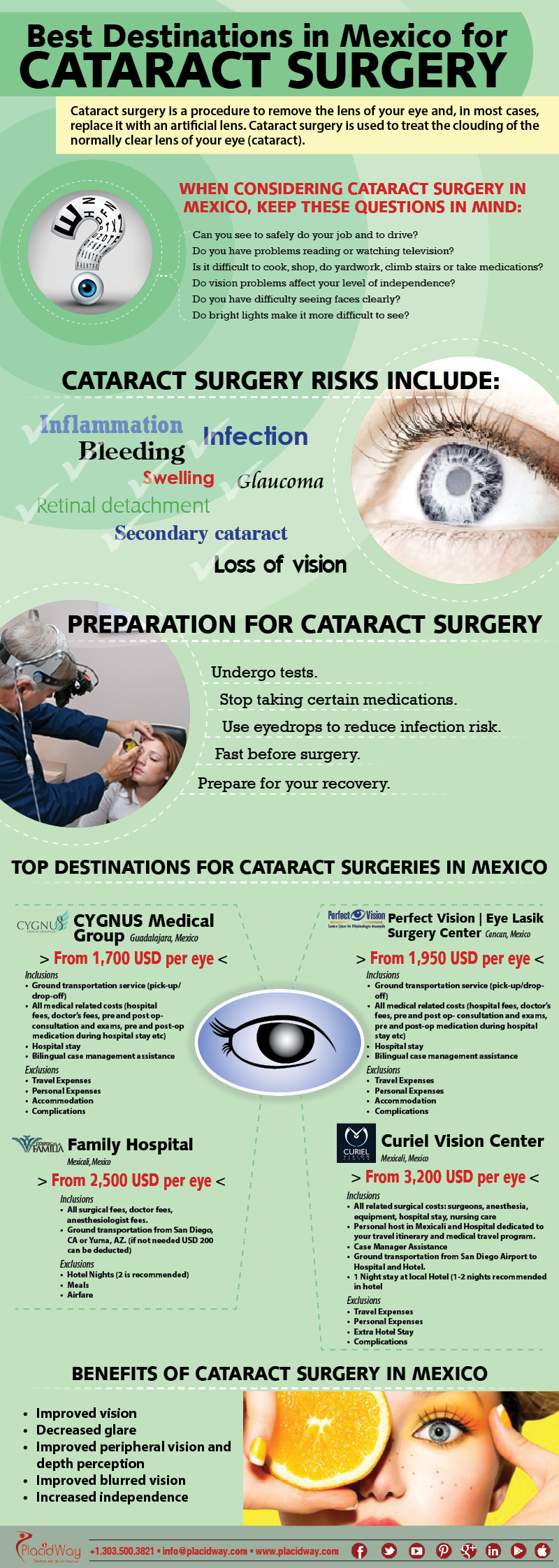Refractive Lens Exchange: A Substantial Handbook For Optimum Vision
Refractive Lens Exchange: A Substantial Handbook For Optimum Vision
Blog Article
Write-Up By-Mitchell Munck
If you're over 40 and dealing with vision issues like hyperopia or nearsightedness, Refractive Lens Exchange (RLE) may be worth taking into consideration. This procedure replaces your all-natural lens with an artificial one, potentially reducing your dependence on glasses. While the benefits are appealing, it's important to understand the dangers and eligibility needs. What should you know prior to choosing that could alter your vision permanently? Allow's discover this subject better.
Comprehending Refractive Lens Exchange
Recognizing Refractive Lens Exchange (RLE) can be critical for those taking into consideration vision correction choices.
RLE is an operation that replaces your eye's all-natural lens with an artificial intraocular lens. It's mainly focused on correcting serious refractive errors, such as hyperopia, nearsightedness, or presbyopia.
During the treatment, your surgeon will remove your cloudy or clear lens and change it with a lens customized to your vision needs. This option is typically thought about for people over 40 that may not be suitable candidates for LASIK.
By selecting RLE, you're not just boosting your vision; you're additionally potentially reducing your dependence on glasses or get in touch with lenses.
Understanding just how RLE jobs will encourage you to make educated decisions regarding your vision health and wellness.
Perks and Risks of RLE
Choosing RLE not just provides an opportunity to boost your vision yet likewise comes with its own collection of advantages and dangers.
One significant benefit is the potential for clearer vision, decreasing or eliminating your dependence on glasses or contact lenses. You might also experience a broader range of vision, specifically if you go with multifocal lenses.
Nonetheless, there are risks included, such as infection, problems during surgical procedure, or dissatisfaction with the results. Some clients experience visual disturbances like halos or glow.
It's vital to weigh these benefits and threats very carefully. Consulting with https://tysonqgwmc.smblogsites.com/35585080/what-to-expect-during-your-smile-eye-surgical-procedure-appointment can assist you make an informed choice that aligns with your vision goals and lifestyle.
Qualification Criteria for Refractive Lens Exchange
Prior to taking into consideration Refractive Lens Exchange (RLE), it's critical to establish if you fulfill the qualification criteria. Usually, you're a great candidate if you more than 40 years old and have a steady prescription.
You should additionally be experiencing refractive mistakes like nearsightedness, hyperopia, or presbyopia. It is very important to have healthy eyes without any substantial illness, such as cataracts or glaucoma.
Additionally, you ought to be in great overall health and not have any kind of problems that could influence recovery, like unchecked diabetes mellitus. If you wear contact lenses, you may need to stop wearing them for a while prior to your analysis.
Consulting with an eye care expert will aid you recognize your particular circumstance and whether RLE is right for you.
Conclusion
In conclusion, refractive lens exchange can transform your vision and minimize your dependence on glasses or contacts. While it offers many benefits, it's vital to recognize the threats and guarantee you fulfill the eligibility standards. Consulting with an eye treatment professional will assist you make an informed choice tailored to your demands. If you're thinking about RLE, take the time to discover your alternatives and go over any type of problems, leading the way for more clear, much more vivid sight.
